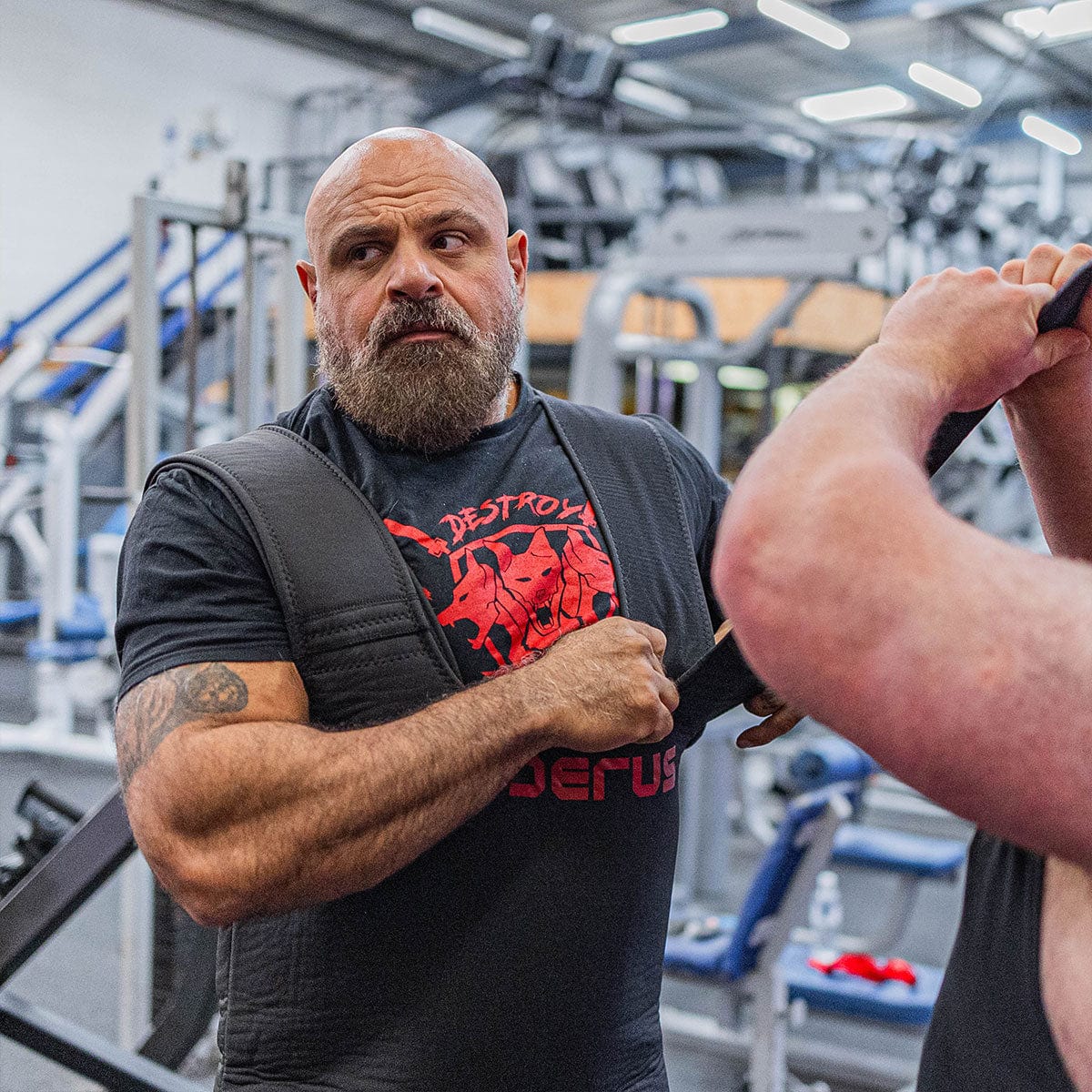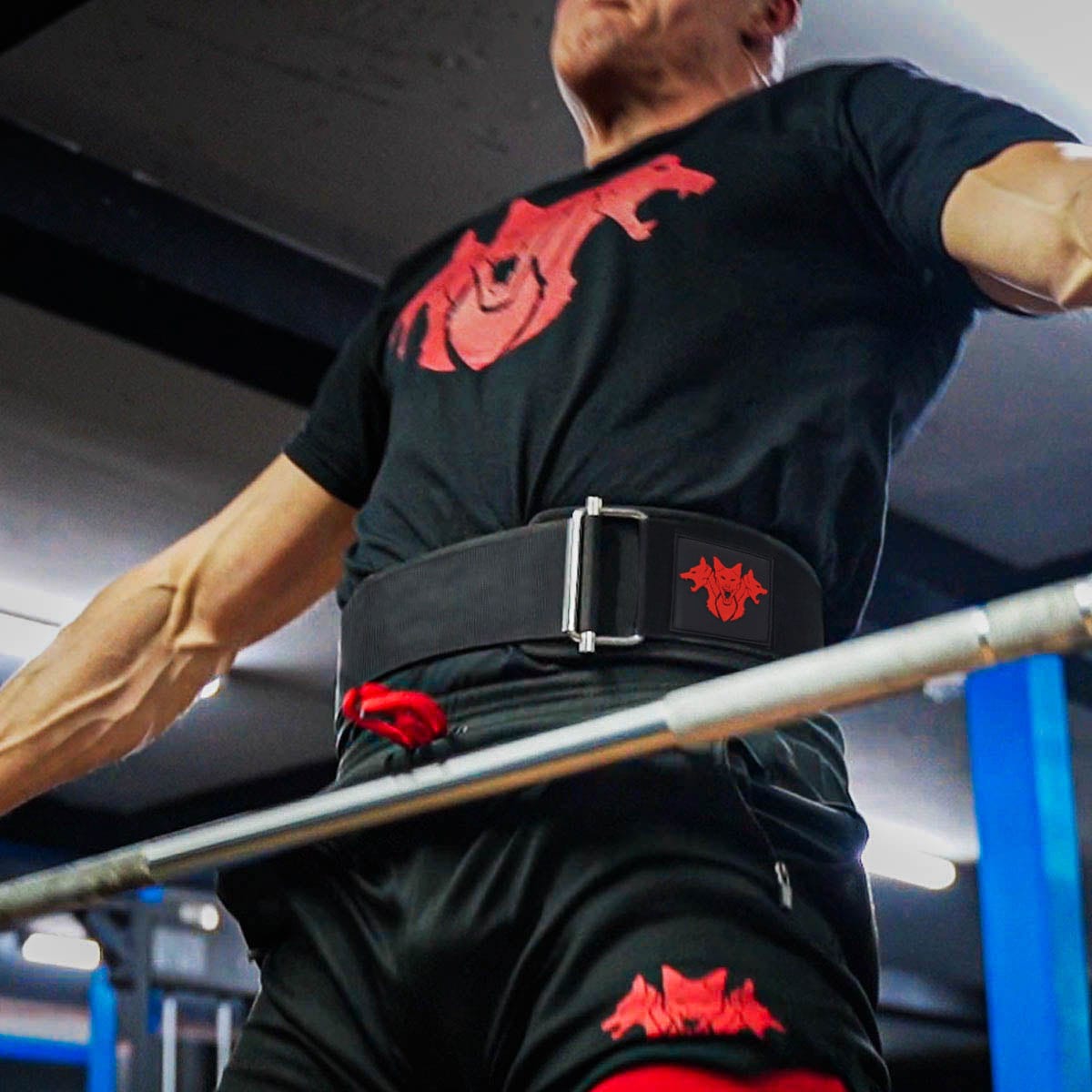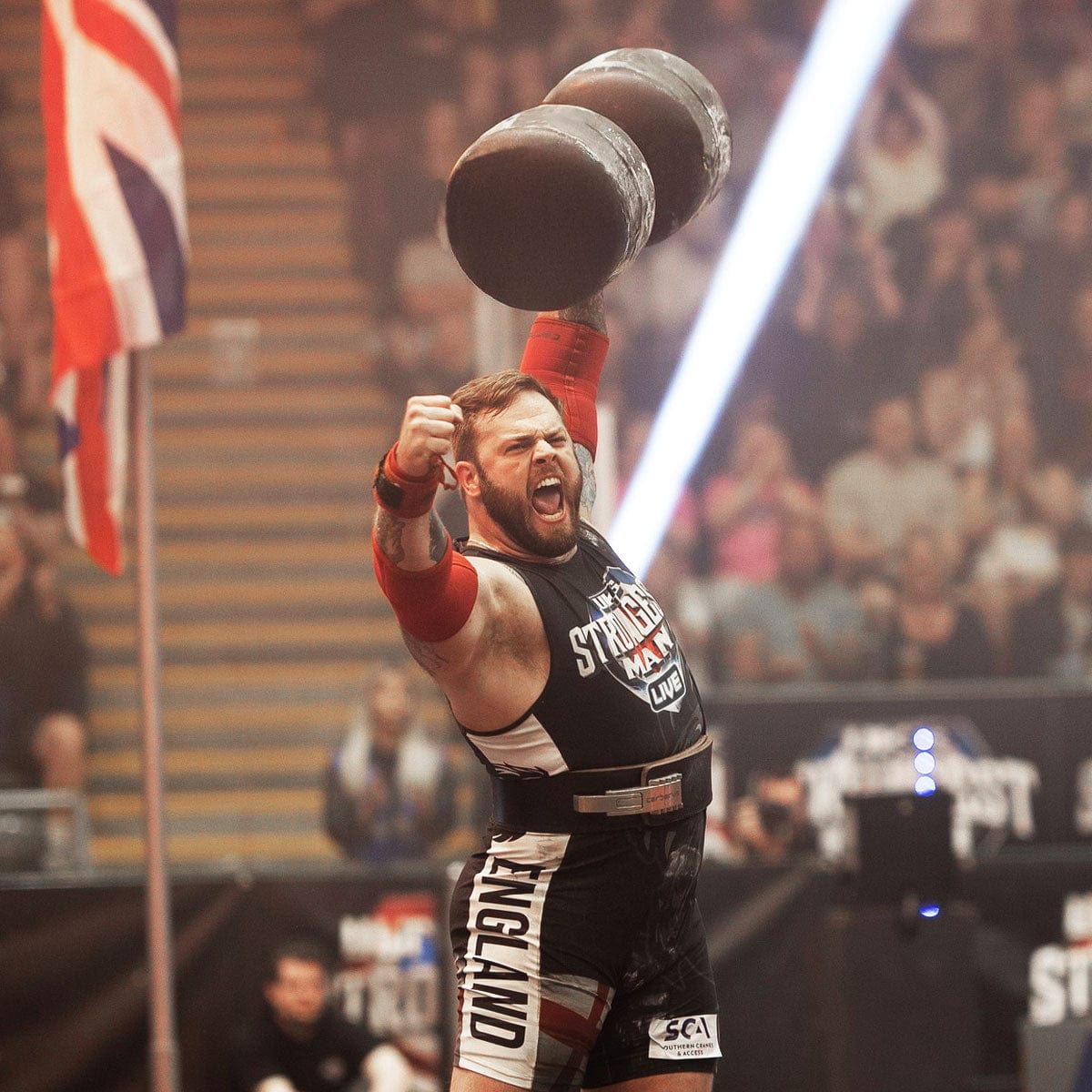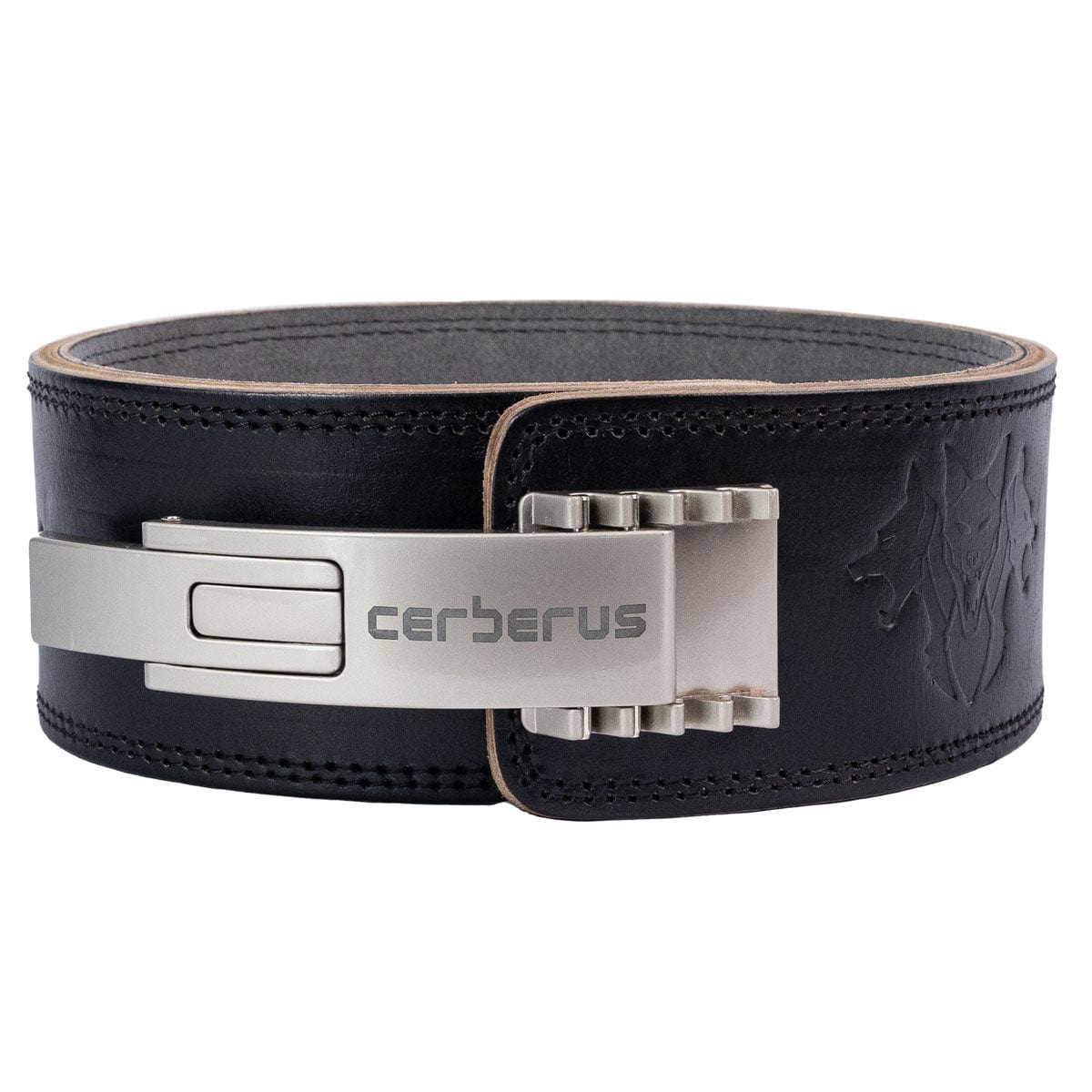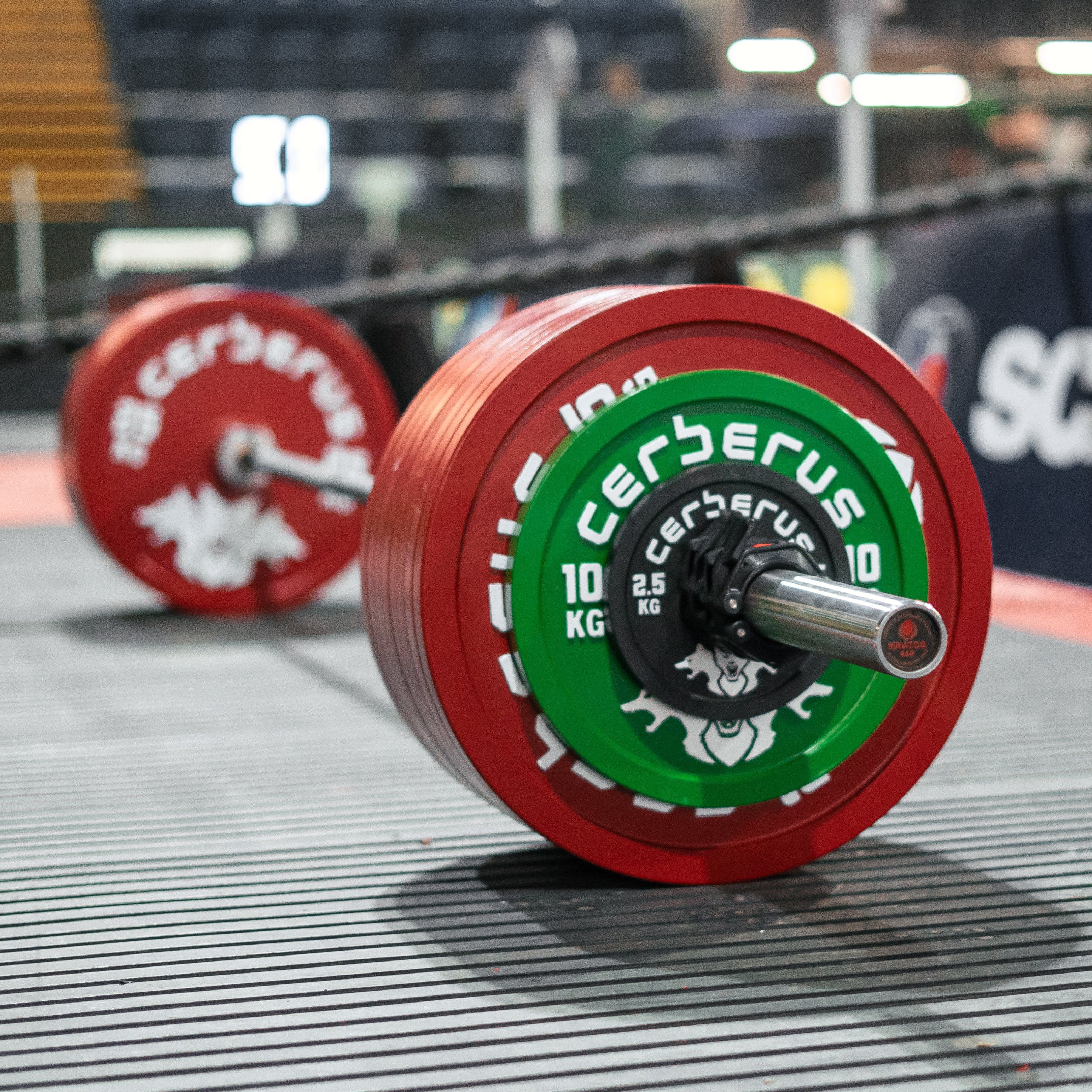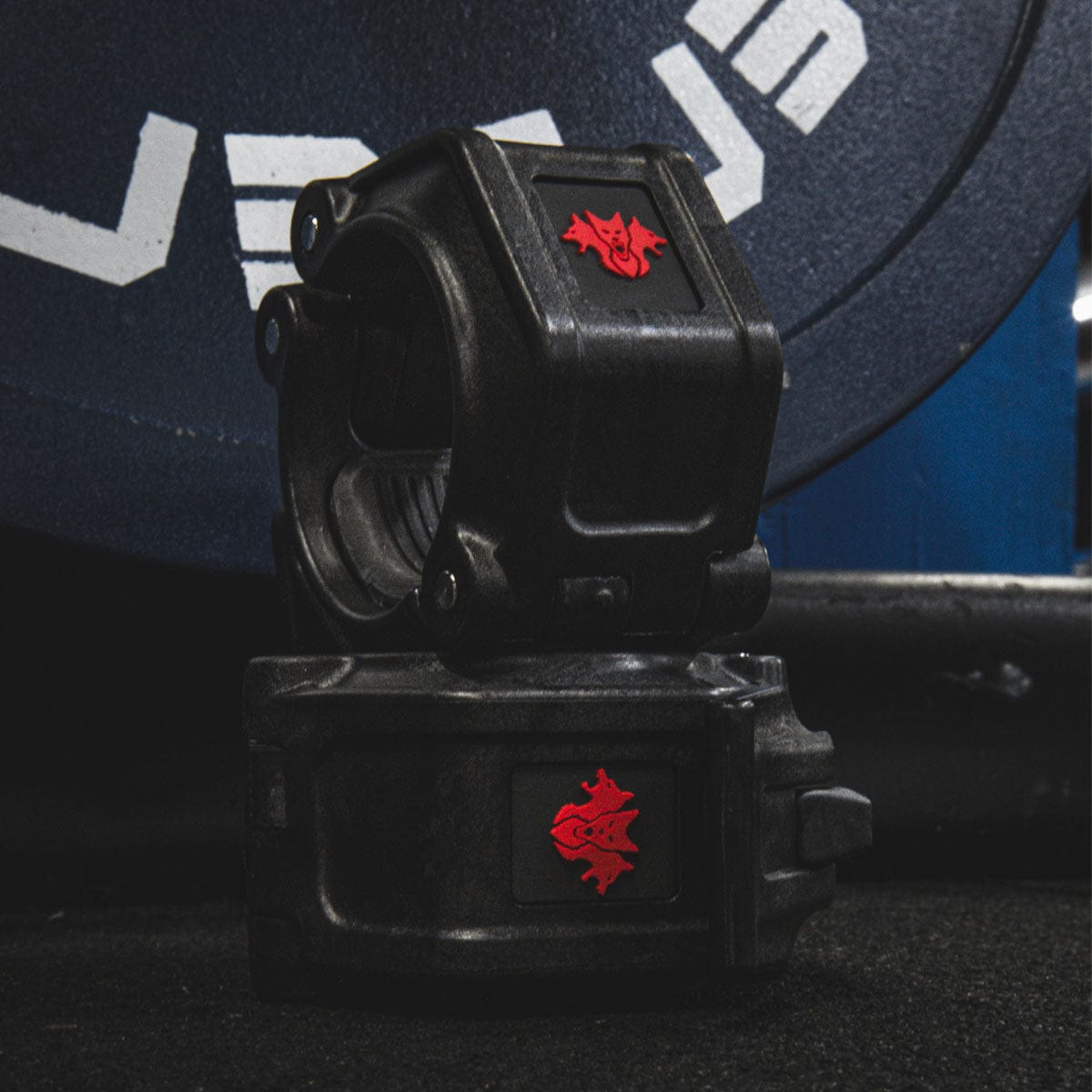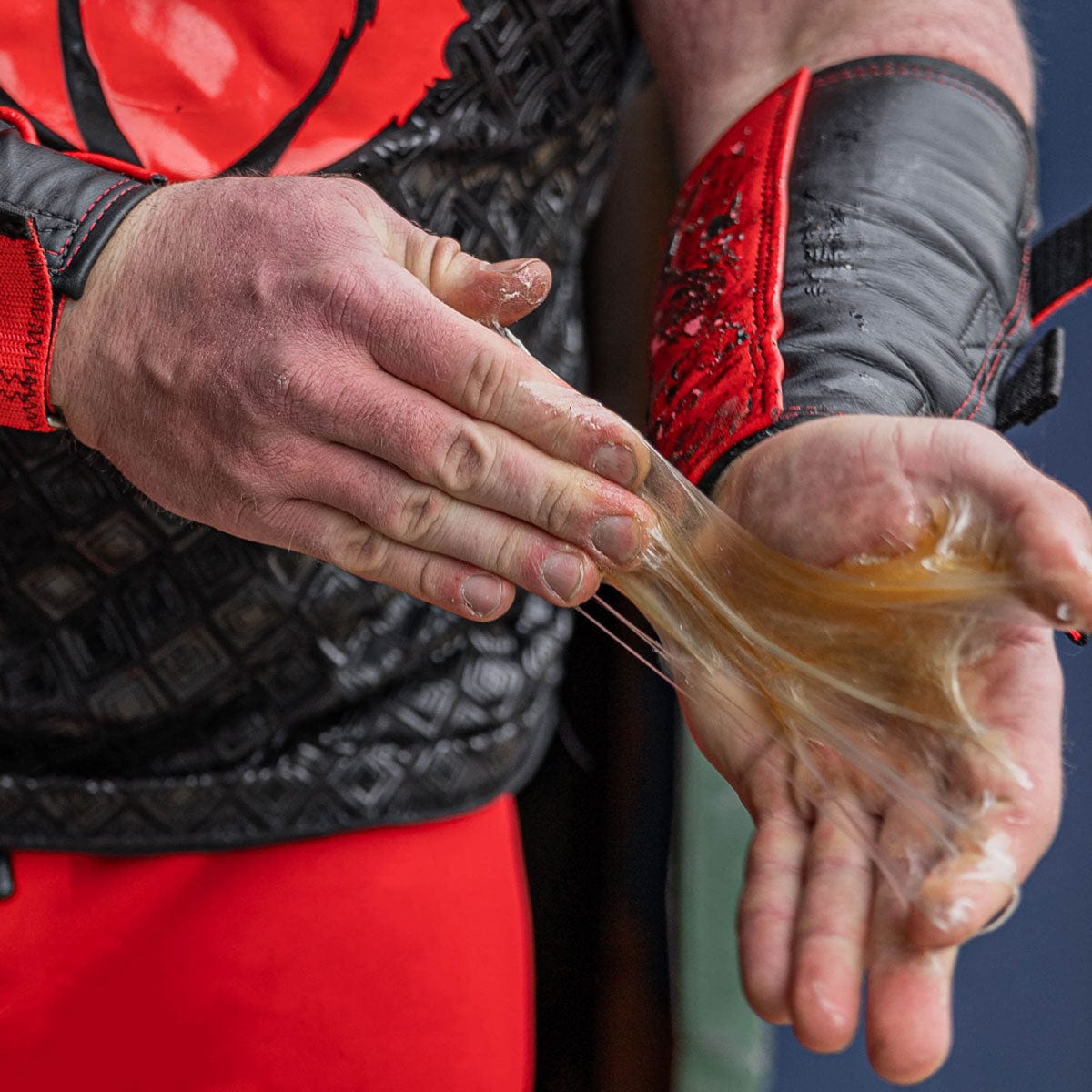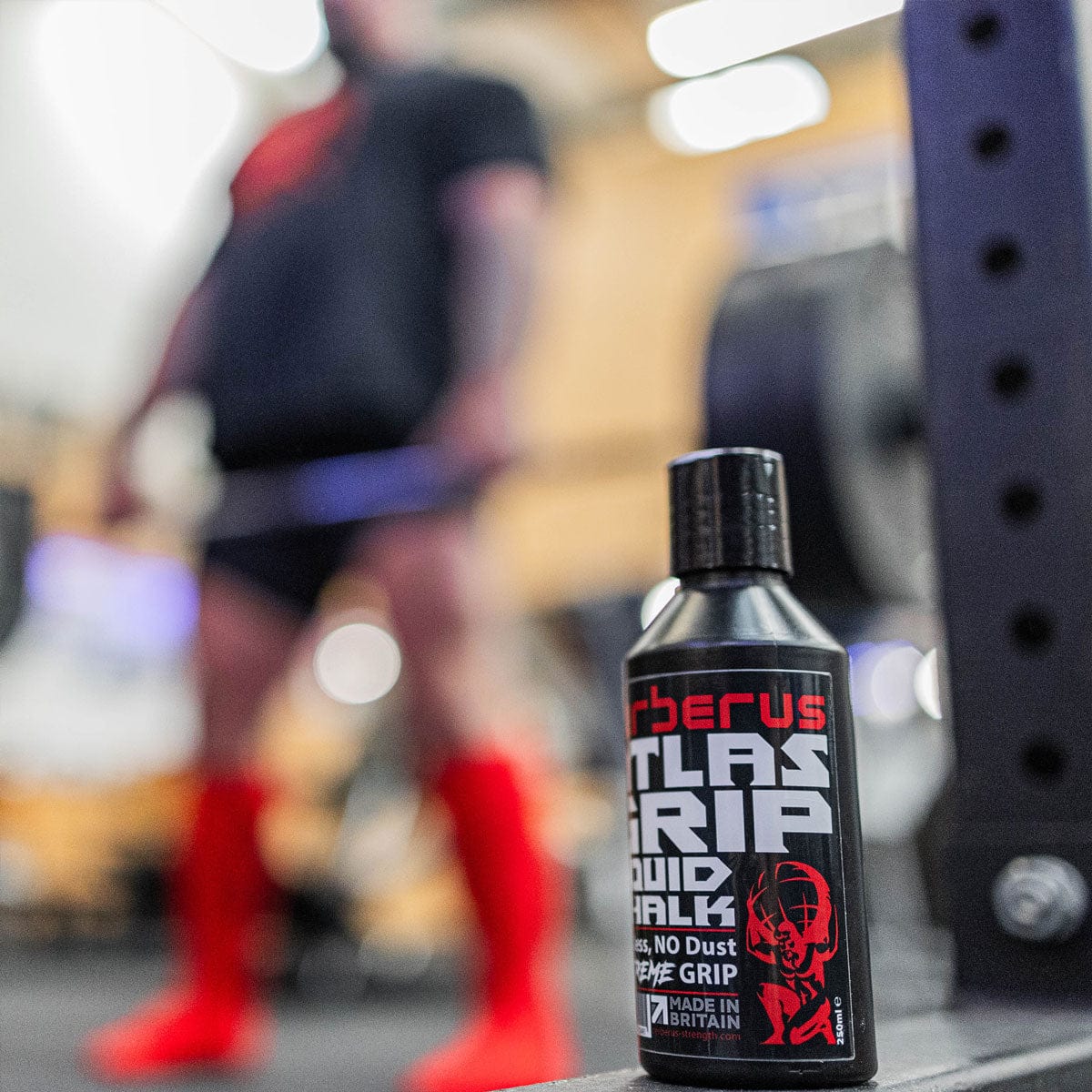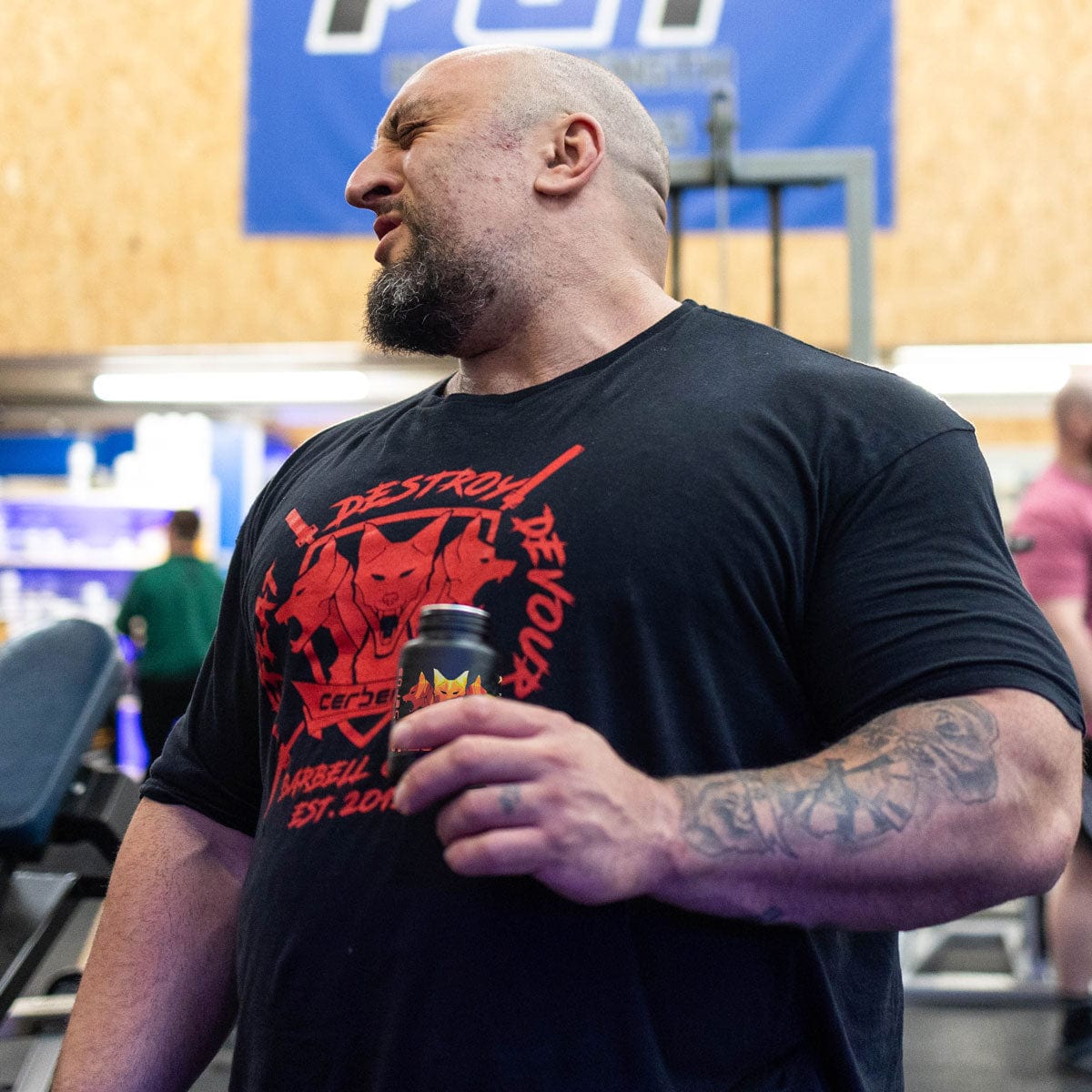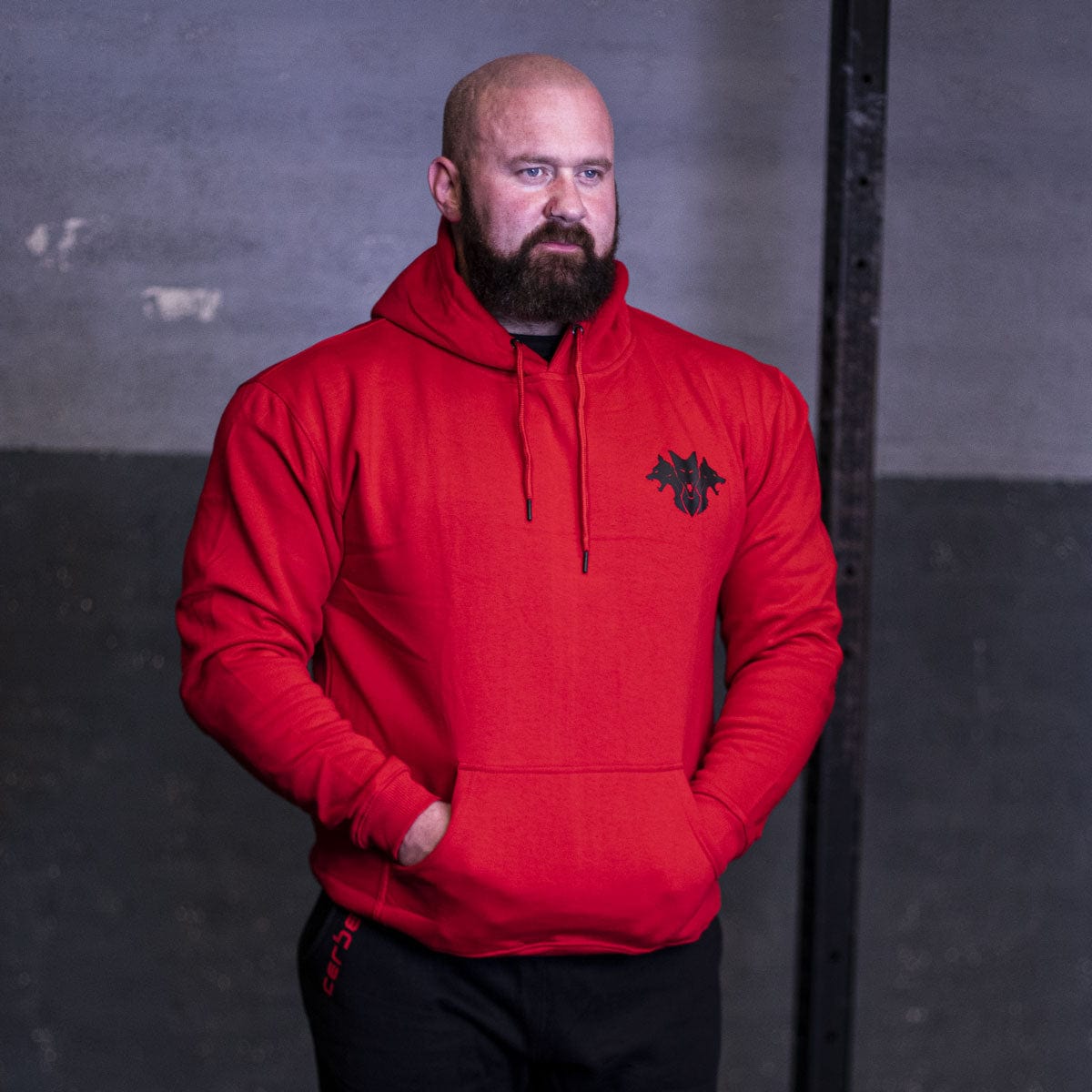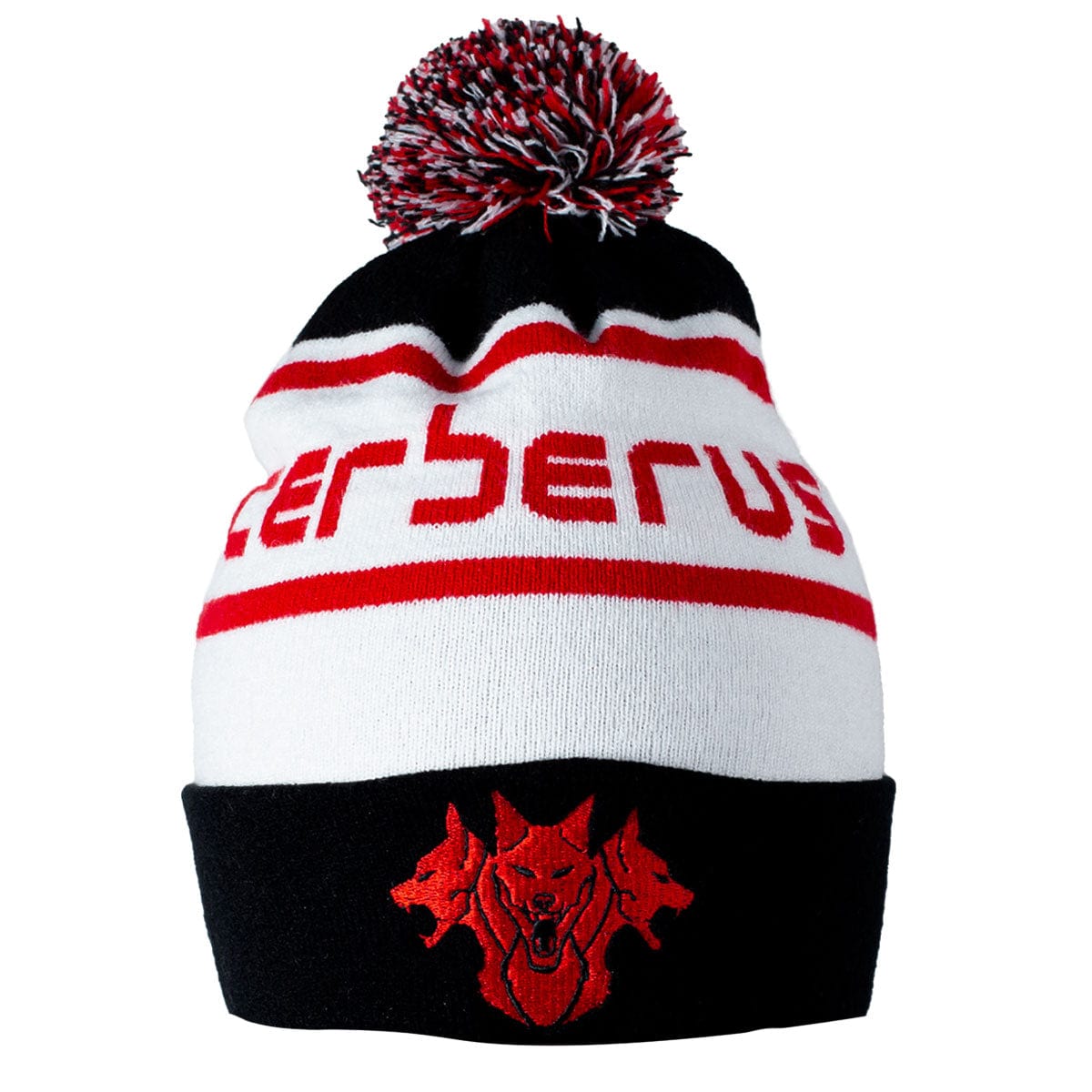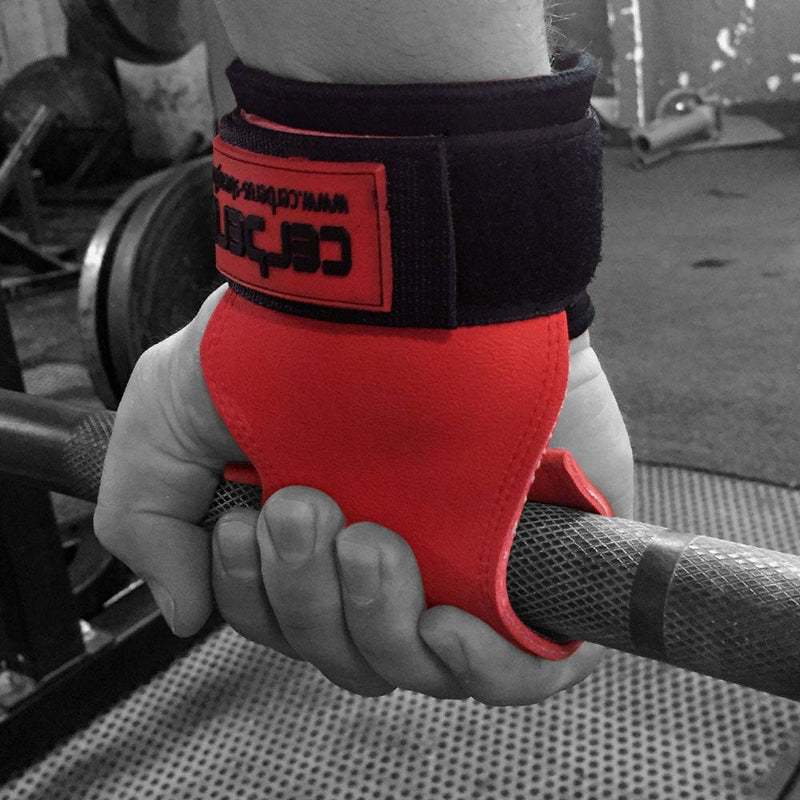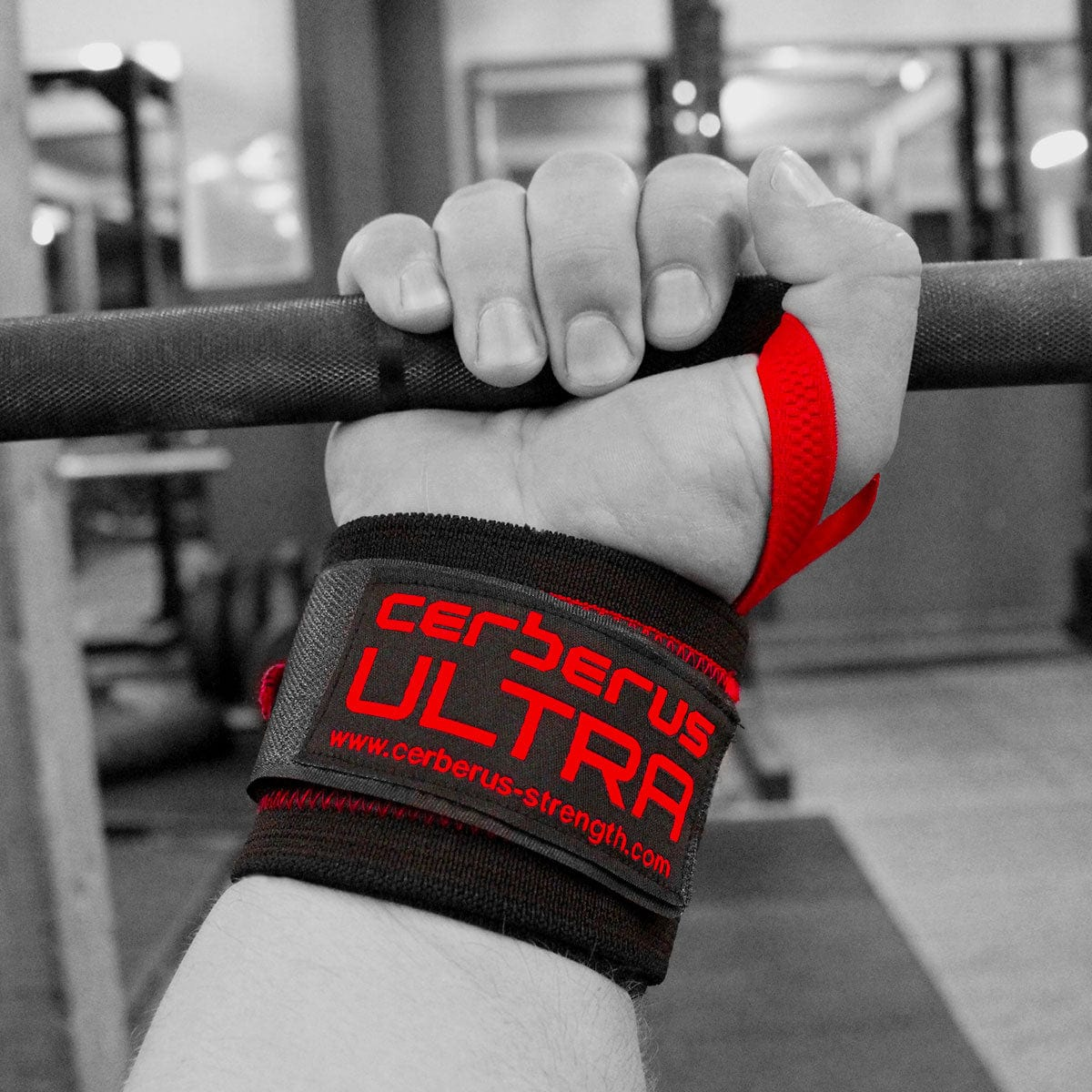There’s nothing worse than feeling strong enough to lift more… but your grip taps out before your muscles do. You have the power, the drive, the playlist that could make a sloth sprint, and yet, your hands say “nah” halfway through your set.
That’s where lifting straps come in. These simple tools help more weight lifters train harder, lift heavier weights, and stay focused on the muscles you're trying to grow — instead of worrying about your bar slipping mid-rep.
But if you’re not sure how to use them or when to strap in, don’t sweat it. We’re about to curl up with the details so you can crush every set without second-guessing your grip.
What Are Lifting Straps?

Lifting straps might not look fancy, but they do a lot of heavy lifting — literally. They’re designed to help you hold onto the bar when your grip wears out before your strength does. Whether pulling a heavy deadlift, rowing a loaded barbell, or going for high-rep burnout sets, weightlifting straps give your hands the backup they need to keep going.
You’ll often find them at any solid weight equipment store, along with other accessories that assist your weight training — like elbow straps for weightlifting when your joints need extra love when your joints need extra love or wrist supports with neoprene padding for extra support.
Basic Purpose and Design
Most lifting straps are made from durable materials like cotton, nylon, or leather. They’re long strips of fabric with either a loop, a closed-end, or a figure-8 shape. One end wraps around your wrist and the other wraps around the bar.
The whole point is to create a secure connection between your hands and the barbell or dumbbell without relying only on your grip strength. You still hold the bar, but the strap helps take some of the load off your fingers when lifting weight.
Different styles offer different levels of support and security, but they all do the same job: keep the bar in your hands when your grip says, “I’m out.”
Why Lifters Use Lifting Straps
Many use lifting straps for one main reason: to assist their grip giving them more control, more reps, and way less frustration when their hands want to quit before their muscles do. If you’ve ever had to cut a set short because your hands gave up before your back, legs, or arms were done — lifting straps were made for you.
-
Heavy pulling exercises like deadlifts, rows, and shrugs
-
High-volume weight training when your grip starts to fail halfway through
-
Protecting hands from calluses or tearing
-
Keeping focus on your target muscles instead of just hanging on
It's not cheating to use lifting straps. In fact, using them means you’re training smarter.
Wearing Lifting Straps: Proper Technique and Setup
If you’ve never used lifting straps, they can look intimidating. But once you learn how to wear them correctly, they become second nature. Trust us, you’ll never want to go without them on heavy days.
Here’s how to get them on and working for you in just a few easy steps.
-
Start with the loop end. Slip your hand through the loop so the strap lies flat across the back of your hand and hangs down toward your thumb.
-
Position the strap. Adjust it so the long end is on the inside of your wrist — not the outside.
-
Grab the bar. Place your hand over the bar with the strap hanging like usual.
-
Wrap it around. Take the hanging end of the strap and loop it under and around the barbell once or twice. Use your free hand to tighten the strap by twisting it.
-
Repeat for the other hand. Get both hands wrapped in and tighten them evenly.
-
Grip and pull. Once everything feels locked in, you’re ready to lift. Your grip will still be involved, but the strap will remove some pressure.
At first, it might feel like you’re wrestling with a seatbelt in the dark. But after a few sessions, you’ll fly through the setup without thinking. Once those straps help you power through a heavy set without dropping the bar, you’ll never want to train without them again.
Step-by-Step Guide for Beginners
Not every set needs lifting straps — you won’t need them for push ups or bench presses — but there are certain times when they make a huge difference. Using them at the right time helps you push harder, train longer, and reduce the risk of injury when your grip gives out.
Best Lifts to Use Straps
Not every set needs lifting straps, but there are certain times when they make a huge difference. Using them at the right time helps you push harder, train longer, and reduce the risk of injury when your grip gives out.
Heavy Pulling Movements
Deadlifts, barbell rows, dumbbell rows, and shrugs are all classic back exercises that test your grip fast and hit hard.. When working with near-max weight, your hands are usually the first to quit. Lifting straps help keep the bar in your hands longer so you can finish your reps.
High-Volume Training
Volume is great for building strength and muscle, but it can torch your grip long before your working sets are done. Using straps for your second or third back-off sets lets you keep the focus on your target muscles without cutting the set short.
Grip-Intensive Workouts
Strongman medleys, sled drags, and farmer’s carries all hammer your grip. When your hands need a little help hanging on through many lifts, straps keep you moving without compromise. For those exercises, a combo of gym wrist straps and elbow support can take the pressure off your joints and help you stay consistent with your programming.
When to Go Strap-Free
Just because you can use straps doesn’t mean you should use them for every lift. You’ll still want to train your natural grip strength, so don’t use straps for everything.
Keep your warm-up sets, pull-ups, and lighter weights strap-free when possible. The idea is to use straps as a tool, not a crutch. Mix it up so your grip develops along with your lifts. Strong hands are as valuable as strong legs or a solid back.
Types of Lifting Straps
Not all lifting straps are the same. The type you choose depends on your training style, comfort preferences, and how much support you want. Some are quick to throw on, while others give you a super-secure grip that won’t budge.

Figure 8 Straps
These are the heavy-duty beasts of the lifting strap world. Figure 8 straps wrap around your wrist and the bar twice, locking you tight.
Lifters love them for max deadlifts, Strongman events like axle bar pulls, or situations where you don’t want the bar slipping. They’re not as adjustable as other types but incredibly secure. Once you’re strapped in, it’s go time, and you’re not letting go until the set’s done.
Lasso Straps
These are the most popular lifting straps for general gym use. They have an adjustable loop at one end, which goes around your wrist, and a long tail that wraps around the bar.
Lasso straps are great because they’re easy to learn and use. You can also control how tight they are. Lastly, they work for most pulling exercises. If you’re new to lifting straps, lasso style is a solid place to start. They’re versatile, comfortable, and get the job done without being too complicated.
Closed Loop Straps
These are a simple, no-fuss option. Just one loop that you slip your hand through and wrap around the bar. Olympic lifters often use this style for quick-release movements like snatches and cleans.
They’re great for fast-paced lifts, quick setup, and release or for Athletes who need freedom of movement. If you don’t need extreme support but want a little grip help, closed loop straps offer a clean, minimalist feel.
Benefits of Using Lifting Straps
You’re not using straps because you’re lazy — you’re using them because you’re smart. They let you train the muscles you’re targeting without your grip holding you back.
Boosts Strength Progression
Your back, hamstrings, and traps are probably stronger than your fingers. That’s just facts. Lifting straps lets you load those bigger muscles properly without stopping early because your grip is cooked. If you’re stuck at a certain weight, straps might be the key to finally progressing.
Target Muscle Isolation
When your grip fails early, you’re not just cutting your set short but robbing your muscles of growth. Straps help you stay in the movement longer, giving your lats, glutes, or hamstrings more time under tension. That means more gains, more control, and less frustration.
Injury Prevention
When your grip slips, things can go south fast. A barbell rolling out of your hands mid-pull isn’t just annoying; it can be dangerous. Straps give you a better grip and more control, which helps you keep proper form and avoid those last-rep mishaps.
Supports Grip Without Limiting Progress
Some lifters avoid straps because they think it’ll ruin their grip strength. That only happens if you rely on them too much.
Used correctly, lifting straps allow you to train harder and smarter. Keep training your grip on the side with things like farmer’s carries or pull-ups, and your hands will stay strong while your lifts keep growing.
Lifting Straps vs. Chalk or Lifting Hooks
So, why not just use chalk? Or lifting hooks? Chalk is great for reducing sweat and increasing friction. But it won’t help when your grip is just plain tired. It can only do so much once your fingers start giving out.
Lifting hooks can help in some situations, but they don’t offer the same feel or control as straps. You’re often limited in how they fit and wrap around the bar.
Straps give you a nice middle ground — strong support with a natural bar feel and full control. You’re still involved in the lift but with a little backup where it counts.
The Truth About Grip Dependency
Lifting straps aren’t the enemy of grip strength. Yes, they take pressure off your hands during heavy lifts. That’s the point. But that doesn’t mean your grip will vanish into nothingness.
You just need to balance things out. Do warm-up sets strap-free. Train your grip with carries, hangs, or fat bar work. Use straps when needed, not as a default for every set.
How to Choose the Right Pair of Lifting Straps
With so many options, choosing the proper straps can feel like picking the best protein powder — everyone has a favorite, and opinions are loud. But it comes down to what works for you.
Strap Material: Cotton, Nylon, Leather
Each material has its perks. Cotton is soft and beginner-friendly, but it can stretch over time. Nylon is more durable and stiffer; it's great for heavy pulls. Leather offers a strong grip and long life but takes time to break in.
Pick the one that feels best in your hand and holds up to your training.
Comfort vs. Durability
Some straps are padded or slightly stretchy for comfort. Others are tough, no-give beasts built for maximum effort. If you’re just getting started or doing a lot of reps, comfort might be your priority. If you’re hitting near your 1-rep max, durability might matter more.
Matching Strap Type to Training Goals
Figure 8 for massive pulls. Lasso for everyday gym work. Closed loop for quick-release lifts. It all depends on what you’re doing and how often you’re doing it.
If your training shifts throughout the week, you might find value in having more than one type on hand — so you’re ready for whatever the session throws at you.
Don’t Let Grip Be the Weak Link
Lifting straps aren’t just for strongman competitors or gym veterans. They’re for anyone serious about pushing past grip fatigue and getting the most out of every pull, row, or deadlift. When your hands can’t keep up, straps keep you moving, lifting, and growing stronger without unnecessary setbacks.
Ready to level up your grip game and train with confidence? Check out the full line of lifting straps at Cerberus Strength. They’re built for lifters who don’t back down and hands who refuse to quit.

